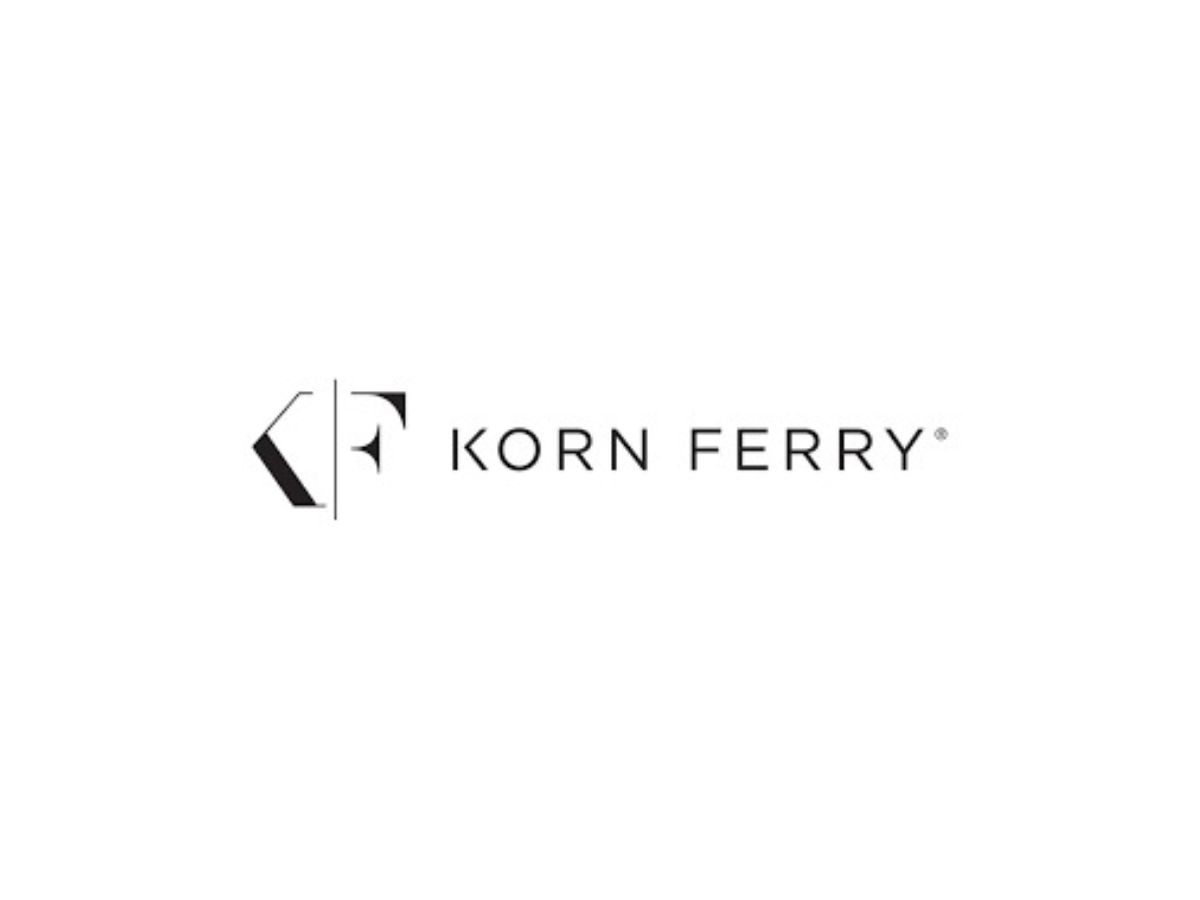Korn Ferry India Compensation Survey Anticipates 9.7 per cent Rise in Salaries in India
Mumbai (Maharashtra) [India], January 12: India Inc. is likely to see a median salary increment of 9.7% in 2024, according to Korn Ferry’s latest India Compensation Survey. This surpasses the actual median increase of 9.5% reported by organizations in 2023. Salary Increments The marginal uptick of 0.2% signifies a measured approach by companies in shaping [...]

Mumbai (Maharashtra) [India], January 12: India Inc. is likely to see a median salary increment of 9.7% in 2024, according to Korn Ferry’s latest India Compensation Survey. This surpasses the actual median increase of 9.5% reported by organizations in 2023.
Salary Increments
The marginal uptick of 0.2% signifies a measured approach by companies in shaping their reward strategies, which remain focused on achievement of business and financial objectives, with a strong emphasis on retention of crucial talent.
Industry-wise salary projections for 2024 include:
Automotive – 9.7%(compared to 9.6% last year)
Chemical –10.0%(compared to 9.8% last year)
Construction and Building Material – 9.6%(compared to 9.4% last year)
Consumer Goods – 8.7%(compared to8.3% last year)
Financial Services – 10.0%(compared to 9.3% last year)
Industrial goods – 10.0%(compared to 9.9% last year)
IT Services –7.8% (compared to 7.4% last year)
IT Captives (GCCs) & Product Companies – 10% (compared to 9.3% last year)
Life Sciences and Health Care – 9.5%(compared to9.1% last year)
Oil & Gas (includes Utilities) – 9.5%(compared to9.9% last year)
Retail – 10.0%(compared to9.1% last year)
Speaking on the survey, Mr. Navnit Singh, Chairman and Regional Managing Director, Korn Ferry said, “Organizations are in the midst of a great reset. As they chart new business strategies, we are seeing that career paths are becoming more dynamic than ever, new jobs and roles are constantly emerging and performance measurements are shifting. This has had a significant impact on talent management and reward programs with new expectations and needs around flexibility, equity, and delivery.
What does this mean for the coming year? We continue to see a dual emphasis within organizations. While a vigilant stance prevails in terms of cost management, there exists a strong commitment to strategic investments directed towards acquiring and nurturing critical talent through an array of talent management initiatives and formal retention & compensation plans. This nuanced approach underscores a delicate balance between fiscal prudence and the imperative of cultivating a robust and adaptable workforce.”
Variable Payouts
Notably, the survey findings revealed a general upswing in variable payouts in 2023, compared to the previous year, spanning across senior management, middle management, junior management, and operational staff.
Organizations were seen to implement a 1.6-fold differentiation in variable pay distributions between top performers and employees who met expectations. This translates to a 60% higher incentive allocation for top performers compared to employees meeting expectations. The prevailing trend of fostering a culture that recognizes and rewards exceptional performance is expected to endure in the foreseeable future.
Key drivers affecting reward programs
As reward programs evolve, the most significant changes are occurring in the compensation structure mix, benefits and well-being plans, and reward strategy for key segments or subsets of the workforce. The catalysts driving these changes stem from external factors such as the economic and competitive environment, alongside shifts in the talent landscape.
Beyond external influences, organizations are compelled by several internal factors to recalibrate their reward programs. Central to this recalibration is a pronounced need for more direct alignment with business and talent strategies, which is complemented by a growing emphasis on cultivating a diverse and inclusive workforce.
Annexure
Korn FerrySalary Movement &Forecast for APAC region for year 2024–
- Australia – 4.0%(viz-a-viz 4.0% last year)
- China – 5.6%(viz-a-viz 5.7% last year)
- Hong Kong – 3.9%(viz-a-viz 3.7% last year)
- Indonesia – 6.5%(viz-a-viz 6.4% last year)
- Japan – 2.5%(viz-a-viz 2.7% last year)
- Korea –4.0%(viz-a-viz 4.8% last year)
- Malaysia – 5.0%(viz-a-viz 5.0% last year)
- New Zealand – 4.0%(viz-a-viz 4.3% last year)
- Philippines – 5.6%(viz-a-viz 5.3% last year)
- Singapore – 4.0%(viz-a-viz 4.0% last year)
- Thailand – 5.0%(viz-a-viz 5.0% last year)
- Vietnam – 6.7%(viz-a-viz 6.8% last year)
If you have any objection to this press release content, kindly contact pr.error.rectification@gmail.com to notify us. We will respond and rectify the situation in the next 24 hours.









